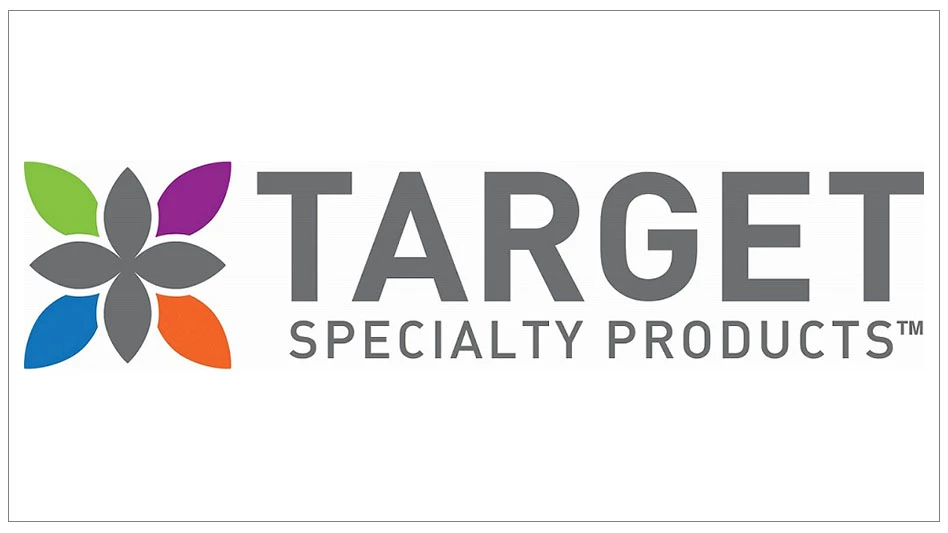A step-by-step guide to communicating about and performing this frequently requested service.
A growing demand for green-related projects that use environmentally friendly and energy-efficient materials has spurred a green movement not only in the pest management industry, but also among various stakeholders from general society.
A green pest management program should be a comprehensive approach to managing pests by implementing a variety of Integrated Pest Management tactics that increase safety and environmental awareness, as well as support the ecological, economic and cultural values of the service location. To achieve these goals, the PMP should be familiar with the principles of green pest management and should follow the treatment protocol in the correct order.
GREEN PROCEDURES. Generally, the PMP will need to do the following for a proper green pest management program/treatment:
• Inspect the premises and identify pest concerns, conditions conducive to pest infestations or potential for problems;
• Employ the use of monitoring programs where applicable;
• Advise the customer on eliminating the source of food, water and habitat, and implement sanitation, prevention and exclusion management strategies that include mechanical and cultural changes;
• Provide information about management methods, if requested;
• When non-chemical pest management methods alone prove insufficient to solve a pest problem, the PMP will ONLY use a "green" product or a least-toxic substance approved for use in green facilities (i.e., products found on the San Francisco Reduced-Risk Pesticide List); and,
• If all above methods have failed to provide a solution, and when the use of a pesticide is necessary, an EPA-approved pesticide/product can be used "only as a last resort." Even then, lower-impact materials and application methods should be given a priority over those with more potential for harm. However, a pesticide treatment must be in compliance with the IPM principles and safety measures that minimize the pesticide risks to humans, pets and non-target organisms, as well as its effects on the environment.
RECORDKEEPING. Communication and recordkeeping practices are fundamental required elements for demonstrating the ongoing compliance with the green services, therefore, in addition to the aforementioned procedures, the PMP should take the following actions:
• Record a detailed history about the pest concerns from the customer if provided by the customer;
• Inspect the property and respond to pest sightings reported by staff;
• Discuss and document inspection findings with customer; and,
• Discuss management strategies with the customer and provide information as outlined in your green program.
In addition, the customer should agree in this program to maintain premises in a condition that does not promote infestations by the pests. Particularly, the customer should agree to prevent unnecessary accumulations of water, to maintain the premises in a reasonably clean and sanitary condition, and to keep the structure in such a state of repair so as to avoid providing easily accessible means of access to rodents and other pests, and to follow the recommendation of the PMP in charge in the green facility.
FINAL THOUGHTS. In the green service program, the PMP and the client should form a partnership to maintain a healthy and pest-free environment. Green pest management is all about communication, documentation, and tractability of the corrective actions and steps taken by the PMP and the location’s pest management authority to manage pests inside and outside the green location.
The author is technical training director for Adam’s Pest Control, Minneapolis, Minn. Contact him via e-mail at meldamir@giemedia.com.
*****
T·A·P Pest Control Insulation Earns Energy Star Award
T·A·P Thermal, Acoustical, Pest Control Insulation has earned the Energy Star Award from the U.S. Environmental Protection Agency.
T·A·P is a green insulation for new and existing homes, as well as buildings, made from recycled paper that incorporates a borate-based pest control into the product. Not only does T·A·P outperform traditional insulation in nearly every category, it also controls pests such as ants, termites and cockroaches at the same time, the firm says.
Eighty-seven percent of T·A·P is recovered newsprint, which is made from wood pulp. Paper, especially newsprint, is a major component of the residential waste stream and a major disposal problem for communities throughout the nation. Installing T·A·P in a new 1,500-square-foot ranch-style home productively recycles as much newsprint as a family will consume in 40 years. In addition, natural borates are added to the newsprint, which impart T·A·P’s fire-retardant, mold-inhibiting and pest control properties. Borates comprise about 11 percent of T·A·P by weight.
T·A·P is a superior insulating material, the manufacturer says. Studies at Oak Ridge National Laboratory have proven cellulose is not subject to the convective effects that degrade the actual R-value of other loose-fill fiber insulation materials at low attic temperatures. Since T·A·P is blown into attics, and sprayed into and onto walls, there is virtually no waste: excess T·A·P is swept up or vacuumed and fed back into the hopper for re-use.
Additionally, T·A·P is an EPA-labeled building product which has undergone "Fungi Resistance" testing (ASTM Method C1338) as is stated on its label.
For additional information, visit www.tapinsulation.com.

Explore the June 2011 Issue
Check out more from this issue and find your next story to read.
Latest from Pest Control Technology
- Mitchell Boston's Involvement as Local Councilman Sparks Growth in Pest Control Business
- Grizz Pest Management Owners Support Wildlife Conservation with Brookfield Zoo in Chicago
- Grizz Pest Management Partners with Brookfield Zoo to Build Tropical Forests Exhibit
- Truly Nolen Promotes Bohne to Vice President of Business Development
- Watch: Abell Pest Control Holds Snap Trap Challenge
- PMPs Encouraged to ‘Move at the Speed of Technology’ at Purdue Conference
- Bug Off Pest Control Center to Supply NYC with Evolve
- Envu Earns EcoVadis Gold Rating for Sustainability Leadership





